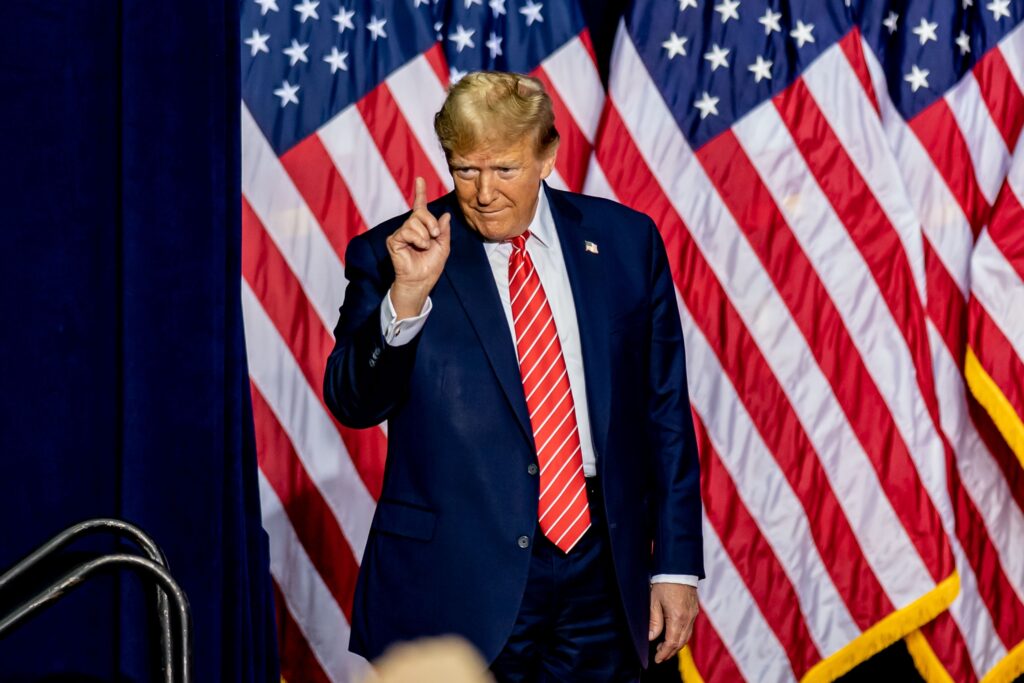On February 1, US President Donald Trump will impose 25% tariffs on imports from Canada and Mexico. He confirmed the decision but said he has not yet decided if the tariffs will apply to oil imports from these nations.
The president explained that the tariffs aim to address illegal migration, fentanyl smuggling, and trade imbalances with neighboring countries. Trump announced the decision while speaking to reporters in the Oval Office.
China Faces Tariff Threats Amid Rising Tensions
Trump also reiterated plans to impose tariffs on China, possibly set at 10%, but offered no further specifics. He accused China of flooding the US with fentanyl, causing “hundreds of thousands of deaths.” Trump vowed to hold China accountable through tariffs.
During his 2024 election campaign, Trump threatened Chinese goods with tariffs as high as 60%. However, on his first day back in office, he paused immediate action and instead ordered a review of the situation.
Since 2018, US imports from China have remained flat, which economists attribute to previous tariff hikes during Trump’s first term. A Chinese official recently warned against protectionism, urging a “win-win” approach to trade.
Neighboring Nations Respond to Tariff Plans
Canada and Mexico have promised to respond with countermeasures while attempting to reassure the US that they are working on border concerns. Both nations have expressed intentions to resolve tensions through dialogue but warned of retaliatory tariffs if necessary.
If Trump includes Canadian and Mexican oil under the new tariffs, it could raise fuel costs, undermining his pledge to reduce living expenses. Currently, about 40% of US-refined crude oil comes from imports, with Canada supplying the majority.
The Impact of Tariffs on Consumers
Tariffs increase the price of imported goods, making them less attractive compared to domestic products. This can theoretically boost local industries, but tariffs on oil could have widespread effects. Higher import costs may drive up prices for gas, food, and other necessities.
As Trump continues to press forward with his latest protectionist policies, the potential for trade retaliation and domestic price hikes remains a key concern for economists and businesses alike.
